S2.14 Johnny Gottadoo
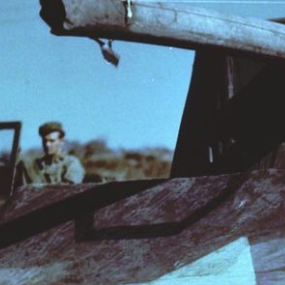
The Ghost Army Legacy Project
The Ghost Army used inflatable tanks, sound effects, and imagination to fool the Germans on the battlefields of Europe. The unsung heroes of the 23rd Headquarters Special Troops and the 3133rd Signal Company Special saved thousands of lives and helped win the war, but their efforts were kept secret for fifty years and were only recently officially recognized with the Congresional Gold Medal . The mission of The Ghost Army Legacy Project is to preserve and honor the legacy of these men.
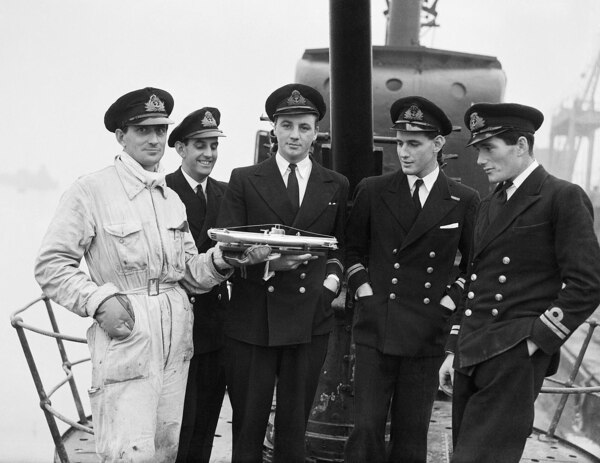
Operation Mincemeat
Operation Mincemeat was a successful British deception operation of the Second World War to disguise the 1943 Allied invasion of Sicily. Two members of British intelligence obtained the body of Glyndwr Michael, a tramp who died from eating rat poison, dressed him as an officer of the Royal Marines and placed personal items on him identifying him as the fictitious Captain (Acting Major) William Martin. Correspondence between two British generals that suggested that the Allies planned to invade Greece and Sardinia, with Sicily as merely the target of a feint, was also placed on the body.
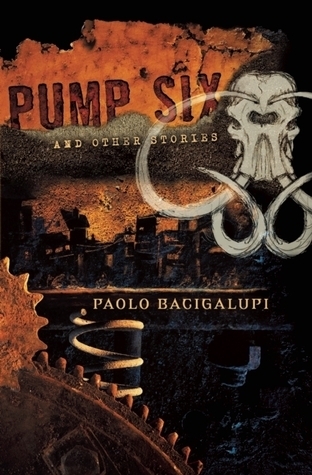
Pump Six and Other Stories
by Paolo Bacigalupi
Paolo Bacigalupi's debut collection demonstrates the power and reach of the science fiction short story. Social criticism, political parable, and environmental advocacy lie at the center of Paolo's work. Each of the stories herein is at once a warning, and a celebration of the tragic comedy of the human experience.

Michael Swanwick
Swanwick's fiction writing began with short stories, starting in 1980 when he published "Ginungagap" in TriQuarterly and "The Feast of St. Janis" in New Dimensions 11. Both stories were nominees for the Nebula Award for Best Short Story in 1981. His first novel was In the Drift (an Ace Special, 1985), a look at the results of a more catastrophic Three Mile Island incident, which expands on his earlier short story "Mummer's Kiss". This was followed in 1987 by Vacuum Flowers, an adventurous tour of an inhabited Solar System, where the people of Earth have been subsumed by a cybernetic mass-mind. Some characters’ bodies contain multiple personalities, which can be recorded and edited (or damaged) as if they were wetware.
photo taken by Mike VanHelder.

Paolo Bacigalupi
Paolo Bacigalupi is an award-winning author of novels for adults and young people.
His debut novel THE WINDUP GIRL was named by TIME Magazine as one of the ten best novels of 2009, and also won the Hugo, Nebula, Locus, Compton Crook, and John W. Campbell Memorial Awards. Internationally, it has won the Seiun Award (Japan), The Ignotus Award (Spain), The Kurd-Laßwitz-Preis (Germany), and the Grand Prix de l’Imaginaire (France).
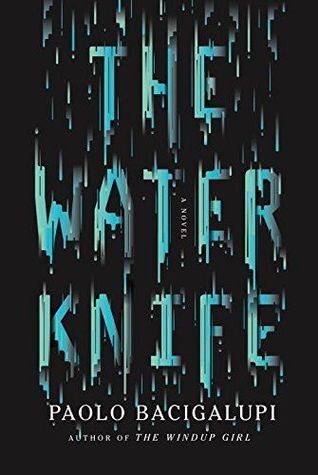
The Water Knife
by Paolo Bacigalupi
In a future hammered by climate change and drought, mountain snows have turned to rain, and rain evaporates before it hits the ground. In a fragmenting United States, the cities of Phoenix and Las Vegas skirmish for a dwindling share of the Colorado River. But it is the Las Vegas water knives - assassins, terrorists and spies - who are legendary for protecting Las Vegas' water supplies, and for ensuring Phoenix's ruin.
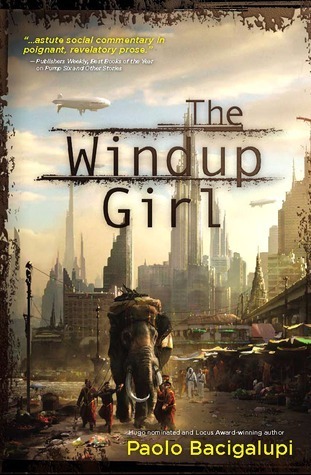
The Windup Girl
by Paolo Bacigalupi
Emiko is the Windup Girl, a strange and beautiful creature. One of the New People, Emiko is not human; instead, she is an engineered being, creche-grown and programmed to satisfy the decadent whims of a Kyoto businessman, but now abandoned to the streets of Bangkok. Regarded as soulless beings by some, devils by others, New People are slaves, soldiers, and toys of the rich in a chilling near future in which calorie companies rule the world, the oil age has passed, and the side effects of bio-engineered plagues run rampant across the globe.
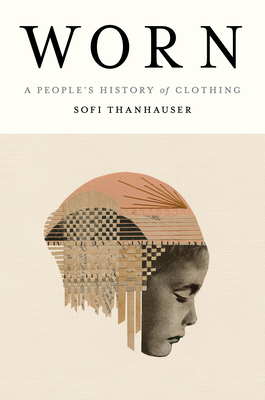
Worn: A People's History of Clothing
by Sofi Thanhauser
In this ambitious, panoramic social history, Sofi Thanhauser brilliantly tells five stories--Linen, Cotton, Silk, Synthetics, Wool--about the clothes we wear and where they come from, illuminating our world in unexpected ways. She takes us from the opulent court of Louis Quatorze to the labor camps in modern-day Chinese-occupied Xinjiang. We see how textiles were once dyed from lichen, shells, bark, saffron, and beetles, displaying distinctive regional weaves and knits, and how the modern Western garment industry has refashioned our attire into the homogenous and disposable uniforms popularized by fast fashion brands. Thanhauser makes clear how the clothing industry has become one of the planet's worst polluters, relying on chronically underpaid and exploited laborers. But she also shows us how micro-communities and companies of textile and clothing makers in every corner of the world are rediscovering ancestral and ethical methods for making what we wear.
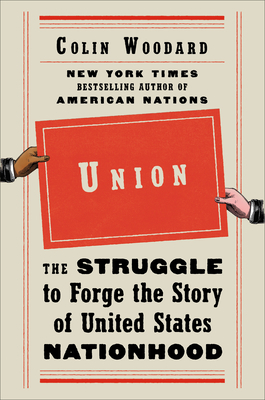
Union: The Struggle to Forge the Story of United States Nationhood
by Colin Woodard
Union tells the story of the struggle to create a national myth for the United States, one that could hold its rival regional cultures together and forge an American nationhood. On one hand, a small group of individuals--historians, political leaders, and novelists--fashioned and promoted the idea of America as nation that had a God-given mission to lead humanity toward freedom, equality, and self-government. But this emerging narrative was swiftly contested by another set of intellectuals and firebrands who argued that the United States was instead the homeland of the allegedly superior Anglo-Saxon race, upon whom divine and Darwinian favor shined.
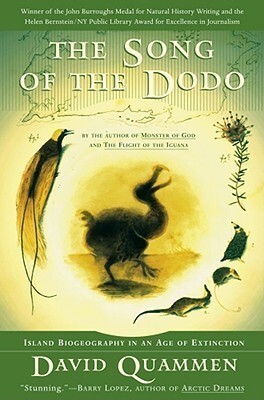
The Song of the Dodo: Island Biogeography in an Age of Extinctions
In this landmark of science writing, we learn how the isolation of islands makes them natural laboratories of evolutionary extravagance, as seen in the dragons of Komodo, the elephant birds of Madagascar, the giant tortoises of the Galapagos. But the dark message of island studies is that isolated ecosystems, whether natural or human-made, are also hotbeds of extinction. And as the world’s landscapes, from Tasmania to the Amazon to Yellowstone, are carved into pieces by human activity, the implications of this knowledge are more urgent than ever.
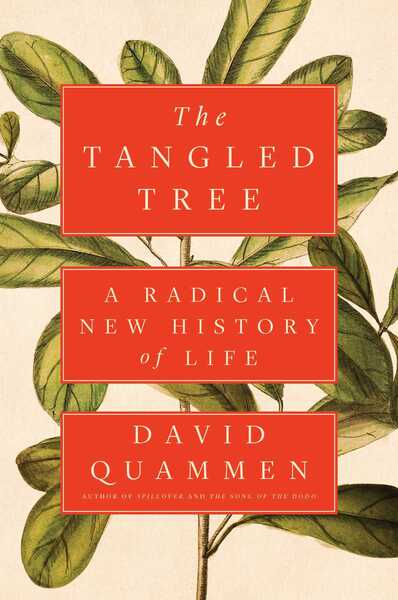
The Tangled Tree: A Radical New History of Life
by David Quammen
In the mid-1970s, scientists began using DNA sequences to reexamine the history of all life. Perhaps the most startling discovery to come out of this new field—the study of life’s diversity and relatedness at the molecular level—is horizontal gene transfer (HGT), or the movement of genes across species lines. It turns out that HGT has been widespread and important. For instance, we now know that roughly eight percent of the human genome arrived not through traditional inheritance from directly ancestral forms, but sideways by viral infection—a type of HGT.

Defending Your Life
In an afterlife way-station resembling a major city, the lives of the recently deceased are examined in a court-like setting.





